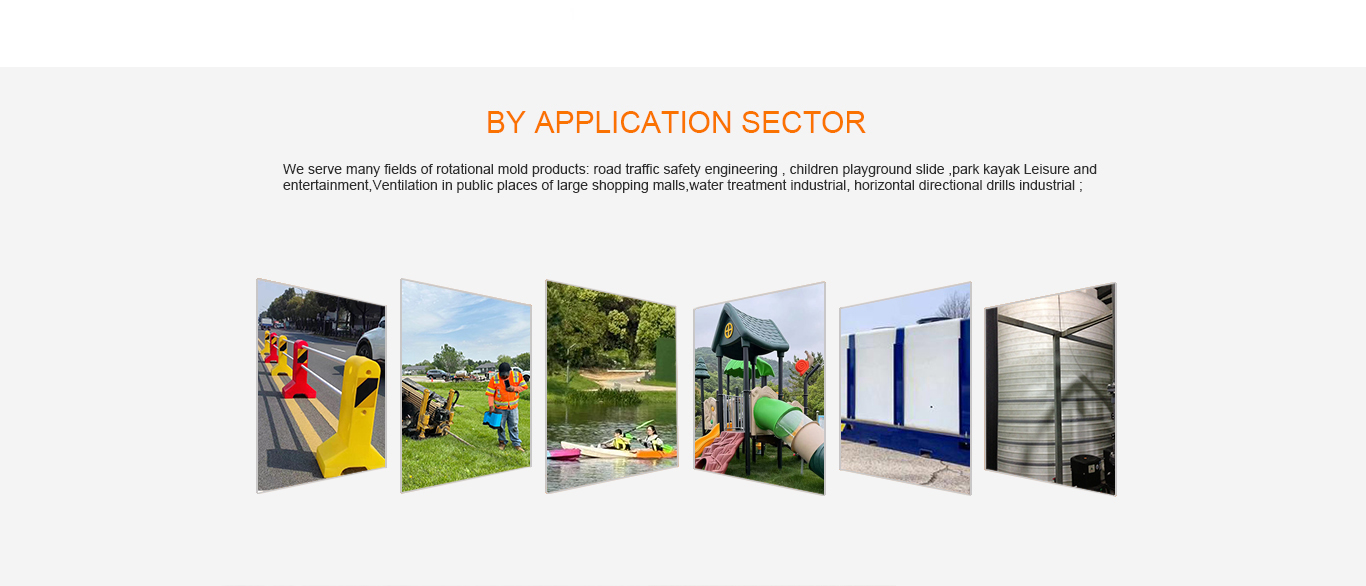







In the ever-evolving landscape of renewable energy, wind turbines play a critical role in harnessing clean energy. The durability and reliability of these massive structures depend significantly on the quality of their components. One of the leading companies at the forefront of this innovation is Inborn, a renowned manufacturer specializing in rotational molding. Rotational molding, or rotomolding, is a unique manufacturing process that offers distinct advantages, particularly when it comes to the production of wind turbine components. But the question remains: Are rotational molded wind turbine components more durable?
Rotational molding is a versatile manufacturing process that involves heating a plastic material inside a mold, which is then rotated along two perpendicular axes. This process allows the material to evenly coat the inside of the mold, resulting in a hollow, seamless component. Inborn has mastered this technique, producing high-quality components that are widely used in various industries, including wind energy.
Rotational molding offers several benefits, making it an ideal choice for manufacturing wind turbine components. These benefits include:
1. Seamless Construction:Rotational molding produces components with seamless construction, eliminating weak points that could lead to structural failures. This seamless design enhances the overall strength and durability of the wind turbine components.
2. Uniform Wall Thickness:The rotational molding process ensures uniform wall thickness across the entire component, which is crucial for maintaining the structural integrity of wind turbine parts. Inborn’s expertise in this area ensures that each component meets stringent quality standards.
3. Material Versatility:Inborn utilizes a wide range of materials in rotational molding, including high-density polyethylene (HDPE), which is known for its exceptional durability and resistance to environmental factors. This material versatility allows for the production of components that can withstand the harsh conditions often encountered in wind turbine applications.
4. Cost-Effectiveness:Rotational molding is a cost-effective manufacturing process, especially for producing large, complex components. The ability to create durable parts with minimal waste and reduced production costs makes it an attractive option for wind turbine manufacturers.

The durability of wind turbine components is paramount, as these structures must endure extreme weather conditions, high winds, and heavy loads over extended periods. Rotational molded components, produced by Inborn, have demonstrated superior durability in several key areas:
Wind turbines are exposed to harsh environmental conditions, including UV radiation, moisture, and temperature fluctuations. Inborn’s rotational molded components are designed to resist these factors, thanks to the use of UV-stabilized materials and weather-resistant coatings. This resistance ensures that the components maintain their integrity and performance over time, reducing the need for frequent replacements.
Wind turbine components, such as nacelles and housings, must withstand significant impact forces during installation, operation, and maintenance. Rotational molding produces components with excellent impact resistance, as the process allows for the creation of thick-walled parts that can absorb and dissipate energy effectively. Inborn’s rigorous testing and quality control procedures ensure that each component can withstand the demands of real-world applications.
Rotational molded components are designed for longevity, reducing the overall maintenance requirements of wind turbines. The seamless construction and uniform material distribution minimize the risk of cracks, leaks, and other forms of degradation. This durability translates into longer service life for wind turbine components, ultimately leading to lower maintenance costs and improved operational efficiency.
In conclusion, rotational molded wind turbine components manufactured by Inborn offer superior durability compared to traditional manufacturing methods. The benefits of seamless construction, uniform wall thickness, material versatility, and cost-effectiveness contribute to the overall strength and longevity of these components. With resistance to environmental factors, enhanced impact resistance, and reduced maintenance needs, rotational molded components are indeed more durable, making them an excellent choice for the demanding applications in the wind energy sector.
For wind turbine manufacturers seeking high-quality, long-lasting components, Inborn’s expertise in rotational molding provides a reliable solution that meets the industry’s stringent durability requirements.





